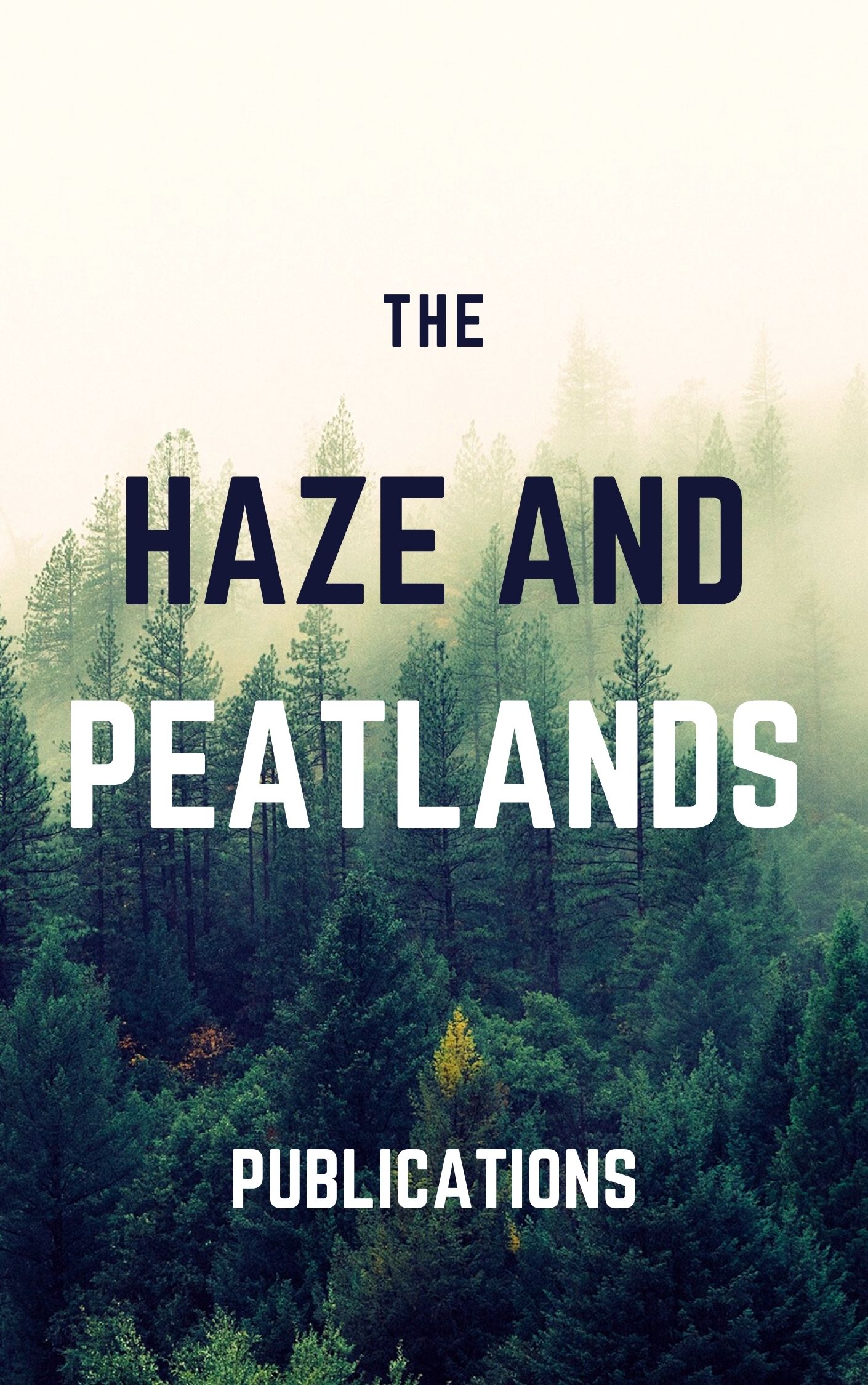This study uses an endogenous switching-regress ion model to examine the impact of slash-and-burn cultivation practice on the application of commercial fertilizer and pesticides, as well as yields and net returns. The empirical evidence of the study indicates that cross-section analysis of the impact of technology adoption on input demand and output supply should take into consideration sample selection, and also examine the impact separately for adopters and non-adopters. The results show that education, access to credit, land rights, and visits by extension agents reduce the probability of farmers adopting slash-and-burn farm practices. Environmental variables, such as soil quality and plot slope, do not impact on the adoption decision, but affect Output Supply of both adopters and non-adopters of slash-and-burn technology.
View source

